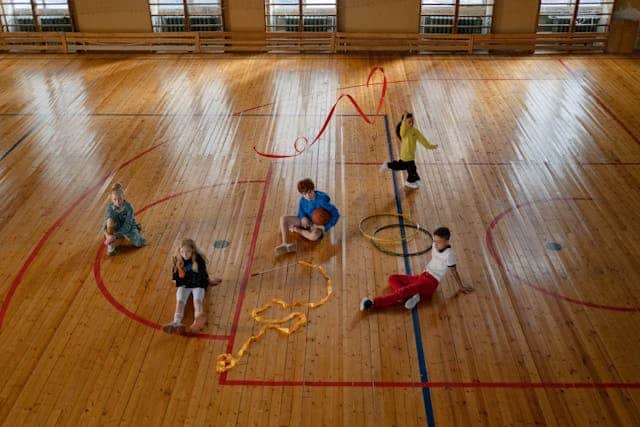
How Sedentary Are University Students? A Systematic Review and Meta-Analysis
January 29, 2020Controversies in the science of sedentary behaviour and health
February 10, 2020A paper titled “Reducing Sedentary Time among Older Adults in Assisted Living: Perceptions, Barriers, and Motivators” was published in the International Journal of Environmental Research and Public Health on January 22, 2020; the full-text version of the article is available here.
Study summary
Older adults accumulate more sedentary time (ST) than any other age group, especially those in assisted living residences (ALRs). Reducing prolonged ST could help maintain function among older adults. However, to develop effective intervention strategies, it is important to understand the factors that influence sedentary behavior.
The purpose of this study was to explore perceptions of ST as well as barriers and motivators to reducing ST among older adults in assisted living, in the context of the Social Ecological Model (SEM). Using a qualitative description approach, we sought to learn about participants’ perceptions of sedentary time in their daily lives. Semi-structured focus groups were held at six ALRs with 31 participants (84% women, 83.5 ± 6.5 years). Data were transcribed and coded using an inductive thematic approach. Themes were categorized based on four levels of the SEM: individual, social, physical environment, and organization.
Many reported barriers were at the individual level (e.g., lack of motivation, pain, fatigue) while others were associated with the organization or social environment (e.g., safety concerns, lack of activities outside of business hours, and social norms). These findings suggest that there are unique challenges and opportunities to consider when designing ST interventions for assisted living.
Authors and affiliations
M. Lauren Voss, J. Paige Pope, Jennifer L. Copeland
Department of Kinesiology & Physical Education, University of Lethbridge, 4401 University Drive, Lethbridge, AB T1K 3M4, Canada
Citation
Voss, M.L.; Pope, J.P.; Copeland, J.L. Reducing Sedentary Time among Older Adults in Assisted Living: Perceptions, Barriers, and Motivators. Int. J. Environ. Res. Public Health 2020, 17, 717.




